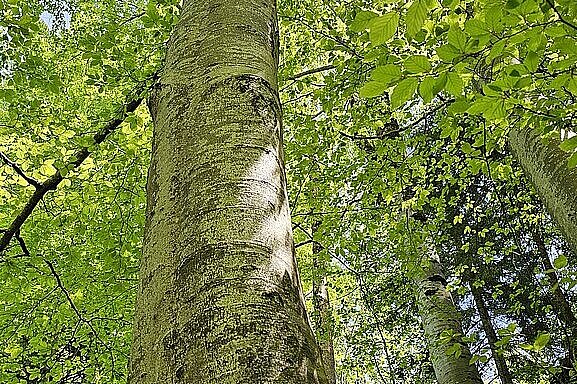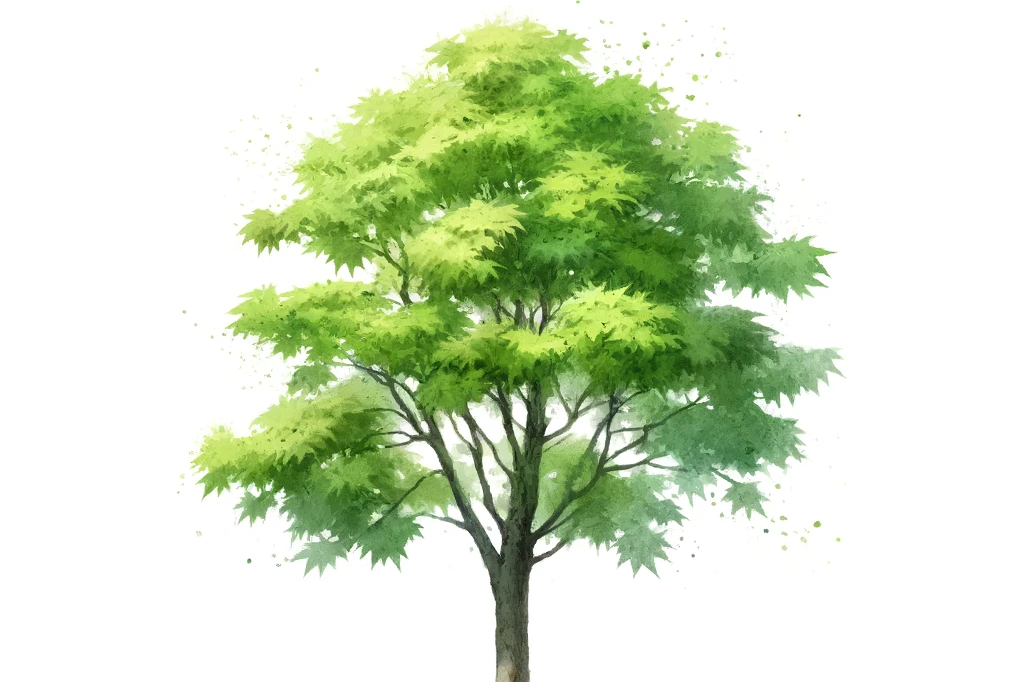Oak

What is oak?
Oak is a plant genus consisting of over 600 different species. The best-known species in Germany is the English oak or summer oak (Quercus robur), which can grow up to 40 meters high. The oak has deeply furrowed bark and deciduous leaves that are indented at the edges. The blossom is inconspicuous, the fruits are acorns that fall from the trees in the fall.
Why is oak poisonous to dogs?
All parts of the oak are poisonous to dogs, but especially the acorns. This is because they contain tannins. Tannins are tannins found in many plants and have an astringent effect. This means that they constrict and dry out the mucous membranes. They also inhibit digestive enzymes and impair kidney function.
When dogs eat acorns, they can therefore develop gastrointestinal problems such as vomiting, diarrhea or constipation. In severe cases, colic, bleeding, jaundice or kidney failure can occur. Even if the prognosis for recovery is relatively good, a dog can even die if raw acorns are ingested continuously.
How do I recognize poisoning in my dog?
Poisoning by acorns can manifest itself differently depending on the amount and duration of ingestion. The most common symptoms are
- vomiting
- Diarrhea or constipation
- Loss of appetite
- apathy
- Colic
- Bloody diarrhea
- Decreased thirst
- Decreased urine output up to failure to urinate
- Yellowish mucous membranes
If you notice one or more of these symptoms in your dog, you should go to the vet immediately. Acorn poisoning is always an urgent emergency and can be life-threatening.
How is poisoning treated?
The vet will try to remove the poison from your dog's body and reduce the specific symptoms of poisoning. There are various methods of removing the poison from the body:
- Activated charcoal: The administration of activated charcoal binds the poison in the stomach and prevents its further absorption into the bloodstream.
- Vomiting: The vet can make your dog vomit with the help of special medication or pump its stomach to remove any remaining contents from the stomach.
- Infusion: An infusion of fluids and electrolytes supports kidney function and helps to excrete the toxin.
- Symptomatic therapy: Depending on the severity of the poisoning, the vet may administer further medication to relieve pain, reduce inflammation or stop bleeding.
The duration and success of the treatment depends on the amount and timing of the acorn ingestion. As a rule, most dogs recover completely within a few days to weeks.
How can I prevent poisoning?
The best prevention is to keep your dog away from oak trees. When you take your dog for a walk, make sure that he does not ingest acorns or nibble on oak branches or leaves. Be especially careful in the fall when the acorns are falling from the trees. If you have a garden with an oak tree, you should regularly collect and dispose of the acorns.
You can also teach your dog to only eat what you give him. This will not only protect him from acorns, but also from other poisonous plants or substances. For example, you can teach your dog the command "out" or "no" to signal that he should drop something.
Oak is very poisonous to dogs and can lead to severe poisoning. Symptoms range from gastrointestinal problems to kidney failure. If you suspect that your dog has eaten acorns, you should go to the vet immediately. To avoid poisoning, keep your dog away from oak trees and teach him not to eat anything unfamiliar.
If you notice any signs of hypersensitivity or poisoning in your dog, you should see your vet immediately. We are not a substitute for a vet, but we try to be as accurate as possible. Every dog reacts differently and we recommend you get a second opinion or consult your vet if in doubt.
Stay healthy and take good care of your four-legged friend!😊
Similar to Oak
Beech is the name for various tree species from the beech family. The best known are the copper beech and the hornbeam. The copper beech has smooth, green leaves that turn red in the fall. The...
Maple is the name of a genus of trees and shrubs found in the northern hemisphere. There are around 200 species of maple, which differ in size, shape, color and leaf structure. The best-known...
Ash is a tree that occurs in various forest communities, especially on moist or dry sites where beech is less competitive. The ash has a deep taproot with extensive lateral roots that give it a good...
The birch is a deciduous tree that is native to Europe, Asia and North America. There are different types of birch, for example the silver birch, the sand birch or the paper birch. The birch has...



